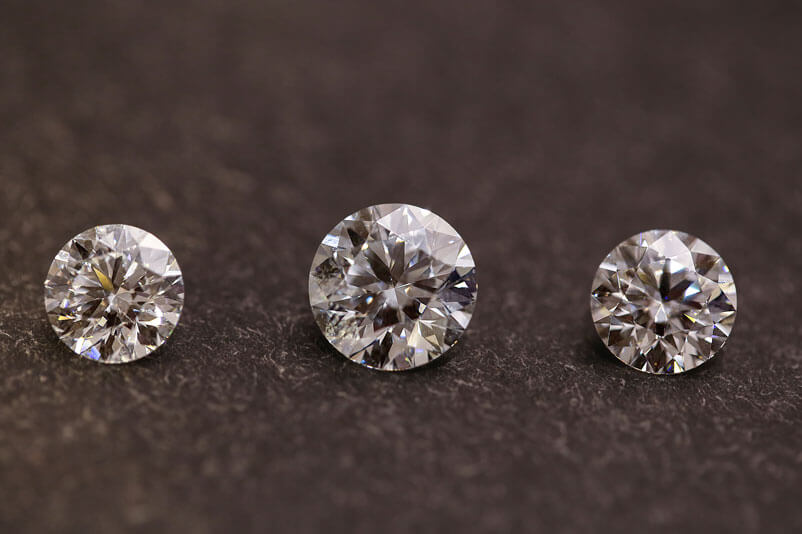Silver Linings: Jewelry Loans for Financial Flexibility

Loans Against Jewellery
When financial emergencies strike, and you find yourself in need of quick cash, loans against jewellery can offer a viable solution. In this comprehensive guide, we’ll delve into the intricacies of leveraging your precious ornaments to secure a loan. Whether it’s an unexpected medical expense, home renovation, or educational fees, unlocking the value of your jewellery can provide timely relief.
1. Introduction
Loans against jewellery are a form of secured borrowing where individuals pledge their valuable ornaments as collateral to obtain funds from financial institutions or pawnshops. This practice has been prevalent for centuries, offering a convenient way for people to access cash without selling their cherished possessions.
2. How Do Loans Against Jewellery Work?
Securing a loan against jewellery involves a straightforward process. Borrowers present their ornaments to the lender, who evaluates the items’ value based on factors like purity, weight, and market price. Upon assessment, the lender extends a loan amount, typically a percentage of the jewellery’s appraised worth. Once agreed upon, the borrower receives the funds, and the jewellery is held as collateral until the loan is repaid.
3. Advantages of Loans Against Jewellery
Quick Access to Funds: Loans against jewellery offer rapid liquidity, making them ideal for urgent financial needs.
No Credit Checks: Since the loan is secured by collateral, lenders often overlook the borrower’s credit history.
Flexible Repayment Options: Borrowers can choose from various repayment plans tailored to their financial situation.
4. Things to Consider Before Getting a Loan Against Jewellery
Before opting for a loan against jewellery, it’s essential to weigh certain factors:
- Interest Rates: Assess the interest rates offered by different lenders to ensure you’re getting a competitive deal.
- Loan Terms: Familiarize yourself with the repayment terms, including any penalties for defaulting.
- Appraisal Process: Understand how lenders determine the value of your jewellery to avoid discrepancies.
5. Types of Jewellery Accepted as Collateral
While gold jewellery is the most commonly accepted collateral, lenders may also consider:
Diamond Jewellery
Silver Ornaments
Platinum Pieces
6. Loan Against Gold Jewellery vs. Other Types
While gold buyers is widely accepted, loans against other types of ornaments may have varying terms and conditions. It’s crucial to compare the options to find the most suitable one for your needs.
7. Steps to Obtain a Loan Against Jewellery
The process of obtaining a loan against jewellery typically involves the following steps:
Evaluation: Present your jewellery for assessment by the lender.
Negotiation: Discuss the loan amount and terms with the lender.
Documentation: Complete the necessary paperwork, including loan agreements and collateral documentation.
Disbursement: Upon agreement, receive the loan amount in cash or via bank transfer.
8. Interest Rates and Repayment Terms
Interest rates for loans against jewellery can vary depending on factors such as the lender, loan amount, and repayment period. It’s essential to carefully review the terms and conditions to understand the total cost of borrowing and repayment obligations.
9. Risks Associated with Loans Against Jewellery
While loans against jewellery offer several benefits, they also carry inherent risks:
- Risk of Default: Failure to repay the loan could result in the loss of your valuable ornaments.
- High-Interest Rates: Some lenders may impose steep interest rates, increasing the overall cost of borrowing.
- Impact on Credit Score: Defaulting on the loan could negatively affect your credit rating.
10. Impact on Credit Score
Since loans against jewellery are secured by collateral, they typically have minimal impact on your credit score. However, defaulting on the loan could lead to legal action and tarnish your credit history.
11. Alternatives to Loans Against Jewellery
If loans against jewellery aren’t suitable for your needs, consider alternative borrowing options such as:
- Personal Loans
- Credit Cards
- Peer-to-Peer Lending
12. Frequently Asked Questions
Can I get a loan against broken or damaged jewellery? A: Yes, many lenders accept broken or damaged jewellery as collateral, provided it retains some value.
What happens if I can’t repay the loan? A: In case of default, the lender may auction off the pledged jewellery to recover the outstanding amount.
Is there a maximum loan amount I can get? A: The loan amount typically depends on the value of the pledged jewellery and the lender’s policies.
How long does the appraisal process take? A: The appraisal process can vary depending on the lender and the complexity of the jewellery. It usually takes a few hours to a few days.
Can I reclaim my jewellery after repaying the loan? A: Yes, upon full repayment of the loan, the pledged jewellery is returned to the borrower.
Conclusion
In conclusion, loans against jewellery offer a convenient way to access quick cash during times of need. By leveraging your precious ornaments as collateral, you can secure funds without the hassle of traditional borrowing processes. However, it’s essential to weigh the risks and benefits carefully and explore alternative options before making a decision.
Whether it’s a family heirloom or a treasured piece of adornment, your jewellery can serve as more than just an accessory—it can be a valuable asset in times of financial uncertainty. So, the next time you’re faced with an unexpected expense, consider unlocking the hidden value of your jewellery through a loan.








